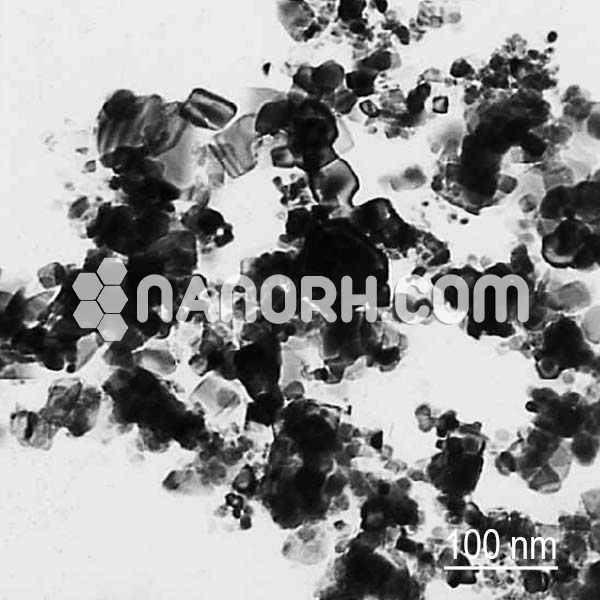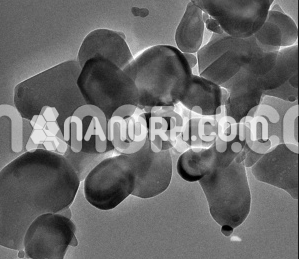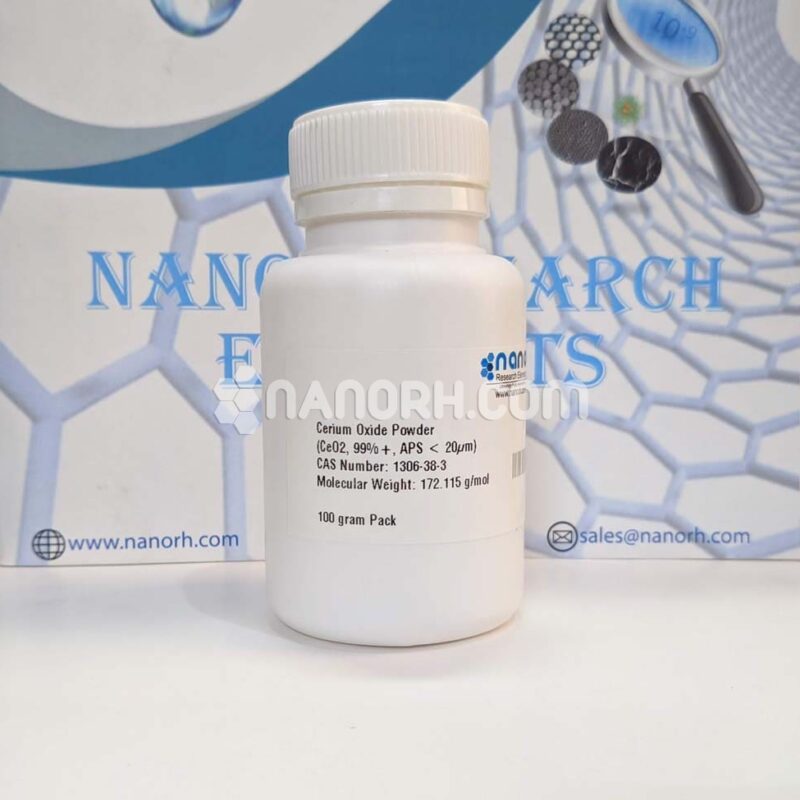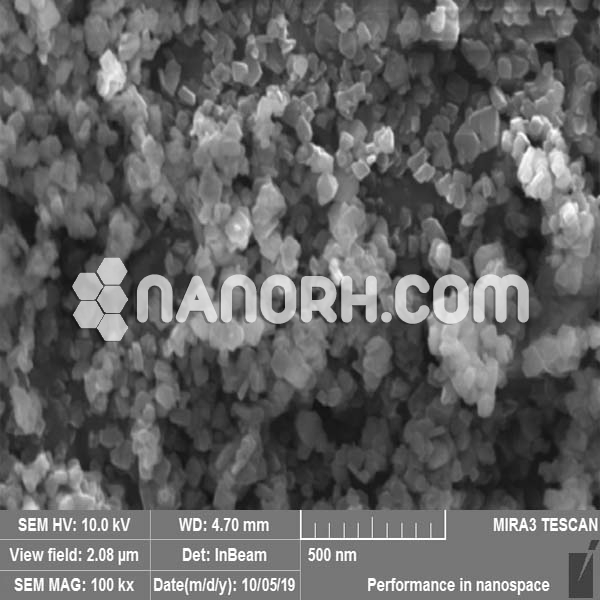Tin Nanopowder / Nanoparticles (Sn, 99%, <800nm)
Silver tin powder particles, Particle shape is spherical. Silver-white metal. Density of 7.3g / cm3, a melting point of 23 1.96oC…….
| Tin Nanopowder / Nanoparticles | |
| Product No | NRE-1045 |
| CAS No. | 7440-31-5 |
| Formula | Sn |
| APS | <800nm (Can be Customized) |
| Purity | 99% |
| Color | Gray |
| Molecular Weight | 118.710 g/mol |
| Density | 7.27 g/cm³ |
| Melting Point | 231.93 °C |
| Boiling Point | 2602 °C |
Tin Nanopowder / Nanoparticles Features:
Tin nanoparticles, which are tiny particles of tin with dimensions at the nanoscale (typically less than 100 nanometers), have a wide range of potential applications across various fields due to their unique properties. Some of the key applications of tin nanoparticles include:
Electronics: Tin nanoparticles are used in the electronics industry for their ability to enhance the performance of electronic devices. They can be employed in soldering applications, where they serve as a component of solder materials to join electronic components together. Tin-based soldering offers lower melting points, making it suitable for delicate electronic components.
Catalysis: Tin nanoparticles are used as catalysts in various chemical reactions. Their high surface area and catalytic activity make them valuable in promoting reactions like hydrogenation, dehydrogenation, and carbon-carbon bond formation. These applications are vital in the production of fine chemicals and pharmaceuticals.
Energy Storage: Tin nanoparticles are being researched for their potential in energy storage systems. They can be used in lithium-ion batteries and other energy storage devices to improve battery performance, increase energy density, and enhance charge-discharge rates.
Photovoltaics: In the field of solar cells, tin nanoparticles can be employed as light-absorbing materials. They have the potential to increase the efficiency of photovoltaic devices by improving light absorption and electron transport.
Sensor Technology: Tin nanoparticles are used in sensor technology, especially in gas sensors. They can detect gases like carbon monoxide (CO) and nitrogen dioxide (NO2) at low concentrations, making them suitable for environmental monitoring and safety applications.
Anti-Microbial Agents: Tin nanoparticles have shown promise as antimicrobial agents. They can be used in various medical and healthcare applications, such as wound dressings, coatings for medical devices, and antibacterial textiles.
Environmental Remediation: Tin nanoparticles can be used for environmental cleanup, particularly in the removal of heavy metals from contaminated water. They can adsorb and/or catalytically reduce toxic metals, helping to detoxify polluted water sources.
Nanocomposites: Tin nanoparticles can be incorporated into polymer matrices to create nanocomposites. These nanocomposites can have improved mechanical, electrical, and thermal properties, making them useful in industries like aerospace and automotive.
Coatings and Surface Treatments: Tin nanoparticles can be used to create protective coatings and surface treatments with enhanced corrosion resistance. They are used in industries where protection against oxidation and corrosion is critical, such as the automotive and aerospace sectors.
Biomedical Applications: Tin nanoparticles are being explored for various biomedical applications, including drug delivery, imaging, and cancer therapy. Their small size allows for targeted delivery of therapeutic agents to specific cells or tissues.




